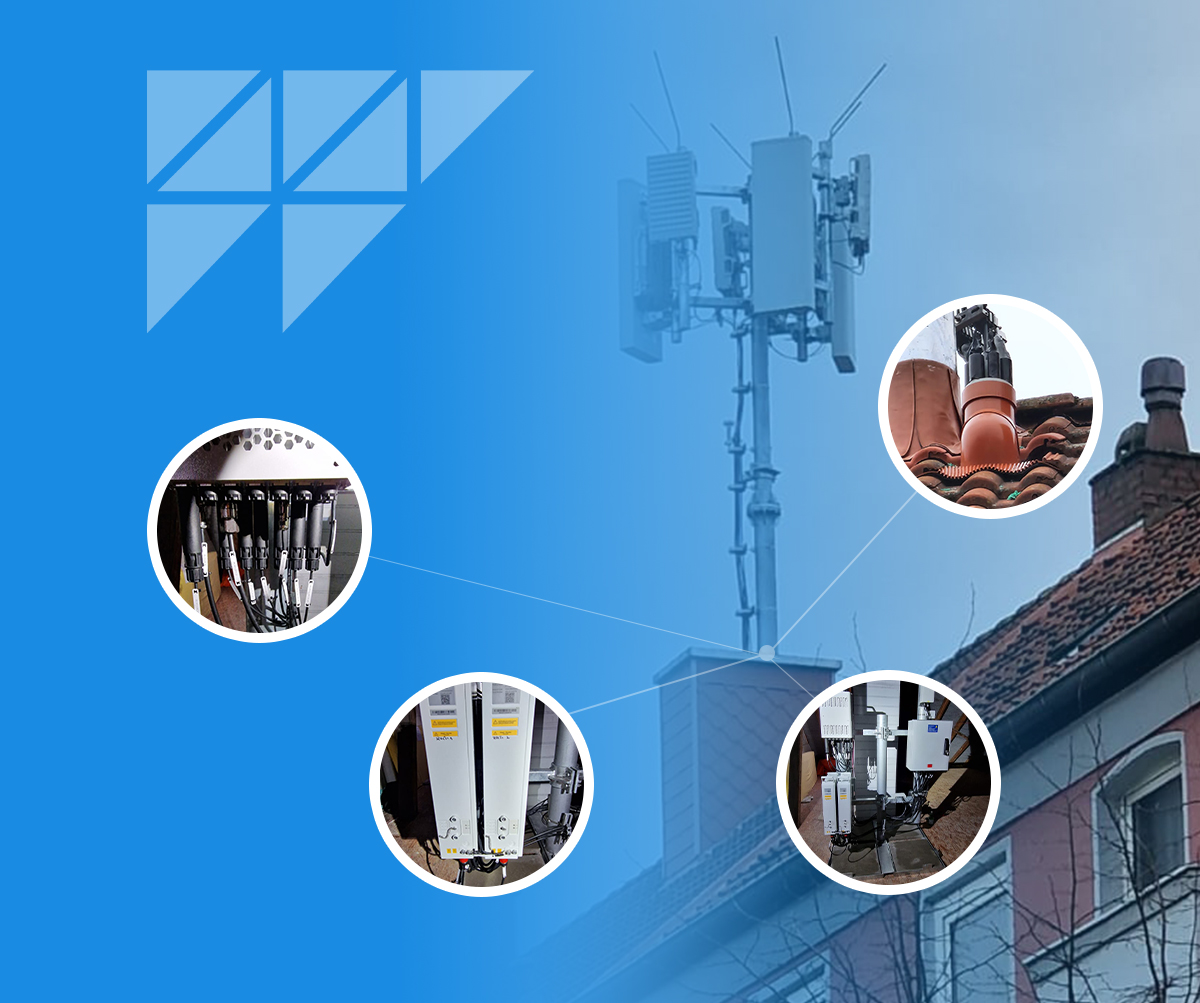
The landscape of telecom networks is poised for a transformative journey into 2030, influenced by a multitude of factors. As we delve into this exploration, it's essential to acknowledge the challenging nature of predicting the future, especially in the wake of unprecedented events like the global pandemic and geopolitical shifts. Let's examine together the key developments shaping telecom networks, excluding the vast realm of IoT, which deserves a dedicated discussion (full article here).😍
Device Connectivity Evolution:
The dynamics of device connectivity are undergoing a profound shift with several impactful developments:
- Apple's Support for Private Networks - Apple, a tech giant with a $3 trillion valuation, has thrown its weight behind private networks. iOS 17 supports SIMs or eSIMs provisioned for private LTE and 5G networks, offering users control over cellular or Wi-Fi preferences. This move has the potential to boost private networks significantly.
- Cloud Phones and Network Slicing - China Mobile's introduction of a cloud phone, with applications and OS running in the cloud, highlights a new dimension in device connectivity. The concept of network slicing, especially in 5G Standalone, adds a layer of flexibility for users, potentially reshaping the way networks are utilized.
- Voice as a New App - China Mobile's trials of a phone with 5G new calling, integrating real-time translation and multi-party video into calls, showcase the evolution of voice as a critical application. However, challenges like optimizing Voice over New Radio (VoNR) indicate the complexities in implementing such advancements.
- Core Network Services - Connect44's Core Network Services, spanning legacy voice-core, mobile-core, and IMS-core, emphasize the crucial role of network planning, optimization, and resilience in ensuring high-quality communication.
Frequency Allocation:
- The allocation of frequencies is foundational to cellular and wireless networks' success. The aftermath of spectrum license revocations, as seen with Three UK and MBNL Ltd, underscores the challenges and financial implications for operators. The ITU World Radiocommunication Conference 2023 becomes pivotal for setting the stage for 5G coverage by 2030.
- Satellite Initiatives - The 3GPP Release 17 specification's inclusion of two new standards for satellite communications signifies a potential game-changer. Ordinary mobile phones seamlessly using satellite connections could bridge the digital divide and bring 5G to underserved areas.
The Transport Network:
- Meeting the escalating data demands of mobile users requires a robust transport network. The Ericsson Mobility Report's findings indicate a significant surge in mobile network traffic, emphasizing the importance of 5G in handling data volumes.
- Mobile Data Boom - While 5G promises higher data capacity, its rollout faces challenges due to unexpected deployment costs influenced by factors like slower subscriber growth, inflation, and geopolitical conflicts. The deployment rate raises questions about 5G's prevalence in the future.
- Connect44's Transport Services - Connect44's comprehensive transport services, including design, order management, site preparation, and integration, highlight the critical role in ensuring trouble-free product delivery and network management.
RIC and RAN Rollout at the Edge?
- The potential of 5G lies not only in improved connectivity but also in offering new services through network slicing and ultra-low latency. The role of Open RAN and the RAN Intelligent Controller (RIC) in ensuring fine-grained control and automation becomes pivotal.
- Microwave Challenges - Microwave, while supporting low latency, lacks stability for industrial applications, prompting a potential migration to fiber by 2030, especially with the revocation of 40GHz licenses.
- Open RAN and RIC Services - Connect44's extensive experience in providing RAN services and involvement in Open RAN networks positions it at the forefront of ensuring efficient deployment and management of evolving networks.
Private Networks:
- Private networks, either as dedicated segments of an operator's network or standalone infrastructure, present a substantial market opportunity. While the adoption of private 5G solutions is still in its early stages, projections indicate significant growth by 2030.
- Successful Trials and Market Growth - Orange's successful trials of a hybrid private mobile network and the projected growth of the private 5G solutions market highlight the potential for innovative solutions catering to specific industry needs.
- Network Slicing Innovation - Ericsson's pilot offering on-demand network slices for Android 14 OS subscribers represents a step towards personalized, flexible services. However, standardization issues and concerns about vendor lock-in may pose challenges.
The Confluence of Web Infrastructure and Telco Networks:
- The confluence of web infrastructure and telco networks, particularly at the edge, introduces new possibilities and challenges.
- Edge Services Market Growth - Omdia's projections of the edge services market indicate substantial revenue growth by 2026, driven by various players, including operators and hyperscalers.
- Leveraging the Edge for Content - The evolving structure of content at the edge, exemplified by Netflix's approach to optimize content for mobile devices, raises questions about the future collaboration and competition between operators and internet content providers.
- Open Caching for Operators - Open caching, designed for operators by Cisco and Qwilt, offers a solution to convert existing content delivery infrastructure into a higher-capacity global CDN, potentially benefiting operators in collaboration with hyperscalers.
As we navigate the complex and rapidly evolving landscape of telecom networks, several trends emerge, each influencing the trajectory toward 2030. From the integration of private networks and the evolution of device connectivity to the pivotal role of spectrum allocation and the challenges in realizing the potential of Open RAN, the telecom industry faces both opportunities and obstacles.
As the digital era continues to unfold, telecom networks will play a central role in shaping the connected future, driving innovation and addressing the ever-growing demands of a dynamic and interconnected world.
Read the entire article here 👈
